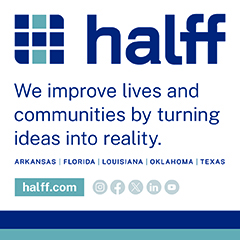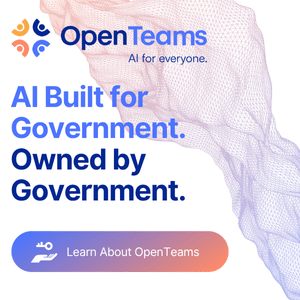With activities at the federal level of government currently in a state of flux, many public officials and non-profit organizations appear to be somewhat concerned about the future of longstanding grant programs that are vital to local initiatives and community development programs. While it is not possible to predict what may happen in the future, it is safe to say that for now the programs are functioning normally and many still have billions in available funding for worthwhile projects.
U.S. grant funding programs are numerous and competitive, providing much needed funding for diverse efforts related to education, health, community development, housing, public safety, research and more. While it is likely that the programs will be highly scrutinized in the future and may ultimately have increased matching fund requirements, most insiders agree that the oldest and most significant programs will not be dissolved. The following examples are representative of numerous programs that have been in existence for decades.
The Community Development Block Grant (CDBG) Program, overseen by the U.S. Department of Housing and Urban Development (HUD), has funding available for projects related to housing, economic development, infrastructure, citizen services and quality of life initiatives. The funding is distributed to states and localities throughout the year. This program is one of the most popular of all grant programs.
The Environmental Protection Agency (EPA) Grant Program supports projects that protect human health, public safety and the environment. It routinely allocates funding for projects that improve water quality, upgrade waste management, provide sustainability, upgrade parks and tails, contribute to cleaner air, and other innovative environmental efforts.
The Economic Development Administration (EDA) Grants Program, managed by the U.S. Department of Commerce, allocates funds to support economic development projects, often in distressed communities. It supports and incentivizes projects related to infrastructure improvements, workforce training, and other types of initiatives designed to revitalize local economies or create jobs.
The Small Business Innovation Research (SBIR) and Small Business Technology Transfer (STTR) Programs are attached to various federal agencies including the Department of Defense, Department of Energy and others. The funding available through these programs is allocated to small businesses to encourage them to engage in federal research, innovation, and commercialization development.
Other grant funding is available through the Transit Oriented Development program, the Inflation Reduction Act, Build America Bureau, and the Bipartisan Infrastructure Act. In addition, individual states administer other grant funding programs that are very similar to those found at the federal level of government.
Even though billions are available for worthwhile initiatives, the competition is extremely competitive. Public entities, non-profits and small businesses that compete are eager for advice, trend analysis, rule change information, policy updates, and strategic insights to help increase their chances of success. Below are some tips and best practices, drawn from past successes that may be helpful to applicants.
The first and most critical tip is to stay informed by implementing a proactive monitoring plan. Federal government programs rarely share an abundance of grant related information. It is not difficult though for any interested party to check websites or simply ‘Google’ information about upcoming grant funding opportunities. Notices of Funding Opportunities – often called NOFOs – are issued when new funding is available in the programs.
However, securing a grant goes beyond just identifying several funding programs. It requires allocating sufficient resources to develop strong, well-crafted proposals that clearly define objectives, methodologies, outcomes, and funding justifications. Many public entities lack the internal expertise needed for grant writing, especially as budget reductions have left cities and counties with limited resources. In situations such as this, partnering with experienced grant writers or specialized firms can significantly improve the chances for success.
One trend that has been obvious over the past several years is that applications involving more than one entity seem to garner favor with grant program officials. For instance, a city may partner with a local university or non-profit on an initiative that will result in benefits to all citizens and find favor quickly with funding programs. Some public entities may benefit from support from other local groups or even elected officials representing the part of the state where the project will be located.
With so many grant funding programs in existence, it is often difficult to single out the most appropriate ones to pursue. Even after overcoming that hurdle, there is a need for targeted research and a well-written, detailed-focused application based on the research.
The proposed project and its benefits must be clearly defined in every aspect to justify funding. Successful applicants not only choose the appropriate program to pursue, but also remain focused on every detail of the application process. The entire effort is often outsourced to experts who understand the competitive landscape of grant funding and can serve as a guide for the process.
Most grant allocations require a local funding match, so it is critical to know how much the public entity can allocate to the project budget. If local funding support is available, that will provide additional weight to the application. Strong applications are written to be clear, compelling, and competitive. Application documents must meet all eligibility criteria, project design guidelines, and thoroughly address each section. All grant amounts should be supported by detailed line-item budgets. If budgets clearly justify the costs as reasonable and necessary, and the project benefits and beneficiaries are well-defined and measurable, the likelihood of success increases significantly.
With billions in funding allocated each year in America, the opportunities are plentiful, but public entities, non-profits, and small businesses can greatly enhance their chances of success by understanding as much as possible about how to garner favor with the programs. Taking a proactive approach, conducting thorough research, seeking partner support, and crafting compelling proposals will significantly increase the chances of being awarded funding.
Photo/graphic courtesy Canva













